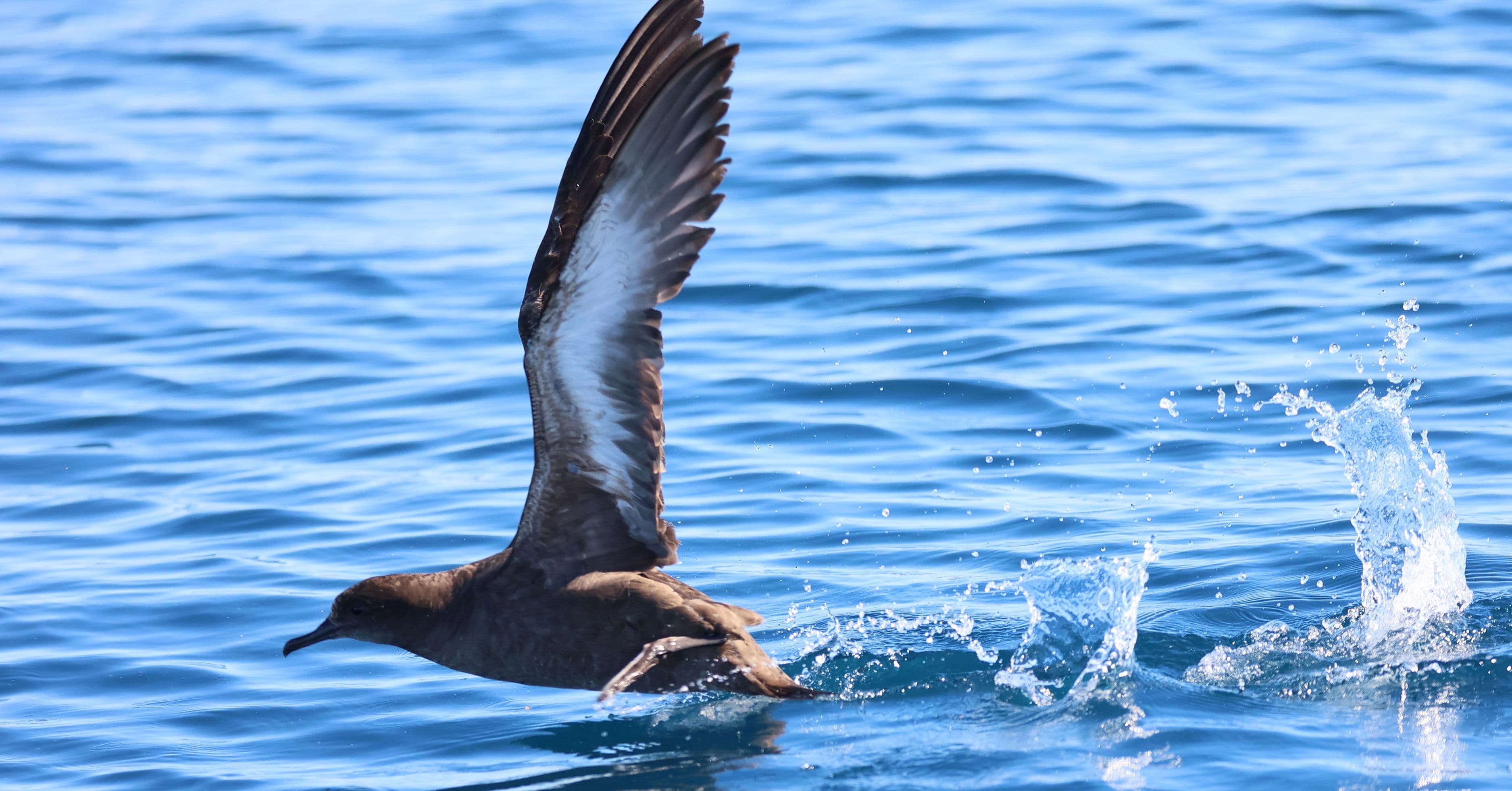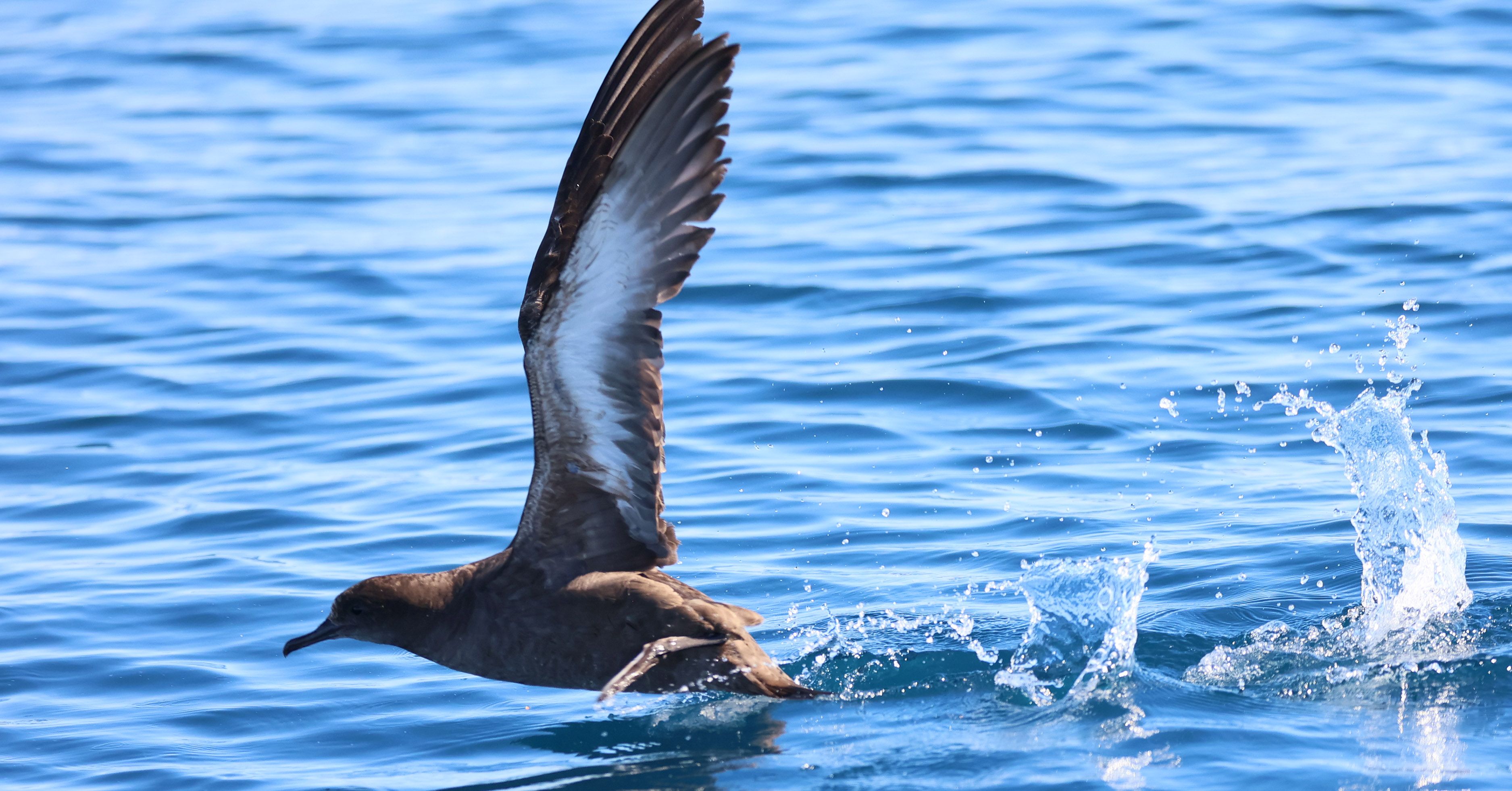
Birdwatching Guide to the Algarve: A Quiet Journey Through Nature
The Algarve is known for its beaches, golf resorts, and bustling summer energy — but for those who know where to look (and when to listen), it’s something else entirely. A refuge. A corridor of silence between migrations. A place where wings slice across the sky and time seems to pause.
Over the years, birdwatchers — both seasoned and curious — have been quietly finding their way here. And with good reason. The southern tip of Portugal holds a surprising diversity of habitats: salty wetlands, tidal lagoons, freshwater marshes, dry scrubland, and forested hills. Each one is home, or at least a temporary resting place, for birds moving between continents.
Here’s what you need to know if you’re planning to go.

First, Forget the Checklist
One of the best pieces of advice I was ever given before going birdwatching in the Algarve: don’t go chasing ticks on a list. Go for the experience.
Yes, you’ll probably spot species you’ve never seen before — possibly spoonbills wading slowly through shallow water, bee-eaters perched like jewels on telephone wires, or the unmistakable silhouette of a short-toed eagle hovering over open land. But the magic lies in the moment, not just the species count.
Ria Formosa: The Beating Heart
If you’re starting anywhere, let it be Ria Formosa. Stretching from Faro to Cacela Velha, this protected coastal lagoon system is one of the most important wetland areas in Europe. It’s also one of the most accessible.
You don’t need to be an expert. You don’t even need a guide — though there are some excellent local ones, and joining a walk at sunrise can open your eyes to much more than you’d notice alone.
On quiet mornings, you might hear the high call of stilts or watch a group of flamingos land in perfect unison. Autumn brings migratory birds en masse, especially waders and waterfowl, while spring is filled with breeding energy and constant movement.
Castro Marim: Salt and Silence
Tucked near the Spanish border, the salt pans and wide skies of Castro Marim create an entirely different atmosphere. It’s starker here — quieter, somehow — and that stillness makes the sudden flap of wings or a long-legged stride through shallow water feel even more striking.
Locals come here to collect salt. Birders come to watch avocets and black-winged stilts glide over mirror-like surfaces. It’s the kind of place where you can stand still for an hour and feel like everything is happening in slow motion.
The West: Cliffs, Wind and Raptors
Head to the Sagres Peninsula in autumn and you'll find a completely different scene. The landscape is raw, the wind constant, and the birding — especially if you’re into raptors — can be spectacular.
This is one of the best spots in mainland Europe to see birds of prey on the move. It’s the end of the line, geographically, and birds heading south are funneled here before crossing into Africa. Booted eagles, honey buzzards, even the occasional Egyptian vulture — all possible, all worth waiting for.
Bring a warm layer and be ready for gusts. This isn’t leisurely birdwatching — it’s rugged, and often thrilling.
Salgados and Other Lesser-Known Corners
Between Albufeira and Lagoa lies Lagoa dos Salgados, another important stop on the Algarve birdwatching map. It’s been the subject of some debate in recent years due to development pressures, but its ecological value remains undeniable.
In quieter corners of the Algarve — places like Alagoas Brancas or the reed beds near Vilamoura — the experience becomes even more intimate. Here, a flash of blue might mean a kingfisher darting by. A rustle in the reeds could be a moorhen. Sometimes the best moments are the ones nobody else sees.
When to Go
There’s no bad time, really. But spring (March–May) and autumn (September–November) are the standouts. Those are the migratory windows, when you’re most likely to witness large numbers of birds passing through or arriving from distant places.
Winter is also underrated. Fewer crowds, soft light, and plenty of life still present — especially in the wetlands. Summer, though beautiful, can be hot and noisy in coastal areas, though early mornings can still reward the patient.
A Few Honest Tips
You don’t need fancy gear. A decent pair of binoculars and a bit of patience will take you far. If you have a scope, great. If not, don’t let that stop you.
Stay quiet. The birds are there. Often, we just need to stop moving and wait.
Talk to locals. Many know more than any guidebook and are often happy to point you in the right direction.
Keep your eyes and ears open. Some of the best sightings come when you’re not even looking for them.
Final Thoughts
Birdwatching in the Algarve isn’t about rushing from site to site. It’s about slowing down and being open to what the landscape has to offer. One morning you might see ten different species within an hour. The next, you might sit in the same spot and simply enjoy the quiet.
And that, perhaps, is the real reason people keep coming back — not just for the birds, but for the way birdwatching here makes you feel.
